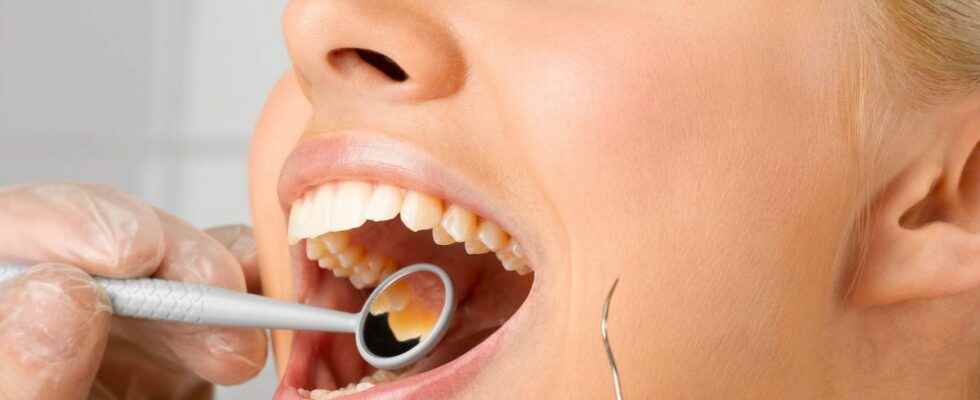Published on
Updated
Reading 1 min.
In Toulouse, a team of researchers associated with a dentist are perhaps revolutionizing screening. Their project? The development of a connected tooth capable of detecting many pathologies simply in saliva.
Many pathologies can be detected simply in saliva, a fluid still little used, which is of particular interest to INSERM. Thus in Toulouse, researchers and dentists have decided to invest in this field with an idea that is both simple and innovative: to create a connected tooth to detect in real time and in the mouth several of the diseases that can impact our lives.
Saliva, a major biological interest
For Matthieu Minty, I2MC university lecturer and researcher behind this project, saliva samples represent exciting materials to date because they are much simpler to use than blood. “We can detect more and more pathologies there, in particular neurodegenerative diseases, such as Alzheimer’s, or oral facial cancers, the beginnings of which are found in saliva even before they can be detected in the blood.” The researcher thus announces that he wants to accelerate prevention thanks to this information-carrying saliva.
A connected tooth, the next step
On the strength of their knowledge of this fluid, the INSERM researchers therefore had the idea of embarking on the development of a connected crown, placed on a tooth, capable of detecting pathologies thanks to the biomarkers already identified.
“It’s a device that can also help diabetic patients, who need to control their blood sugar levels,” says Professor Vincent Blasco-Baque in a report by France 3 regions. “Saliva is a free fluid all the time present. A connected crown would make it possible to have glycemic monitoring on demand, and to avoid complicated devices, with needles” he continues.
An innovation that today requires funding to complete. The team, which intends to finalize its prototype within 6 months, hopes to be marketed next year.
